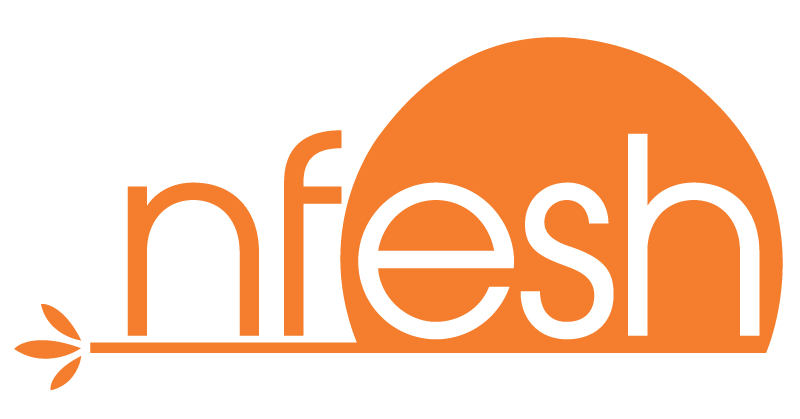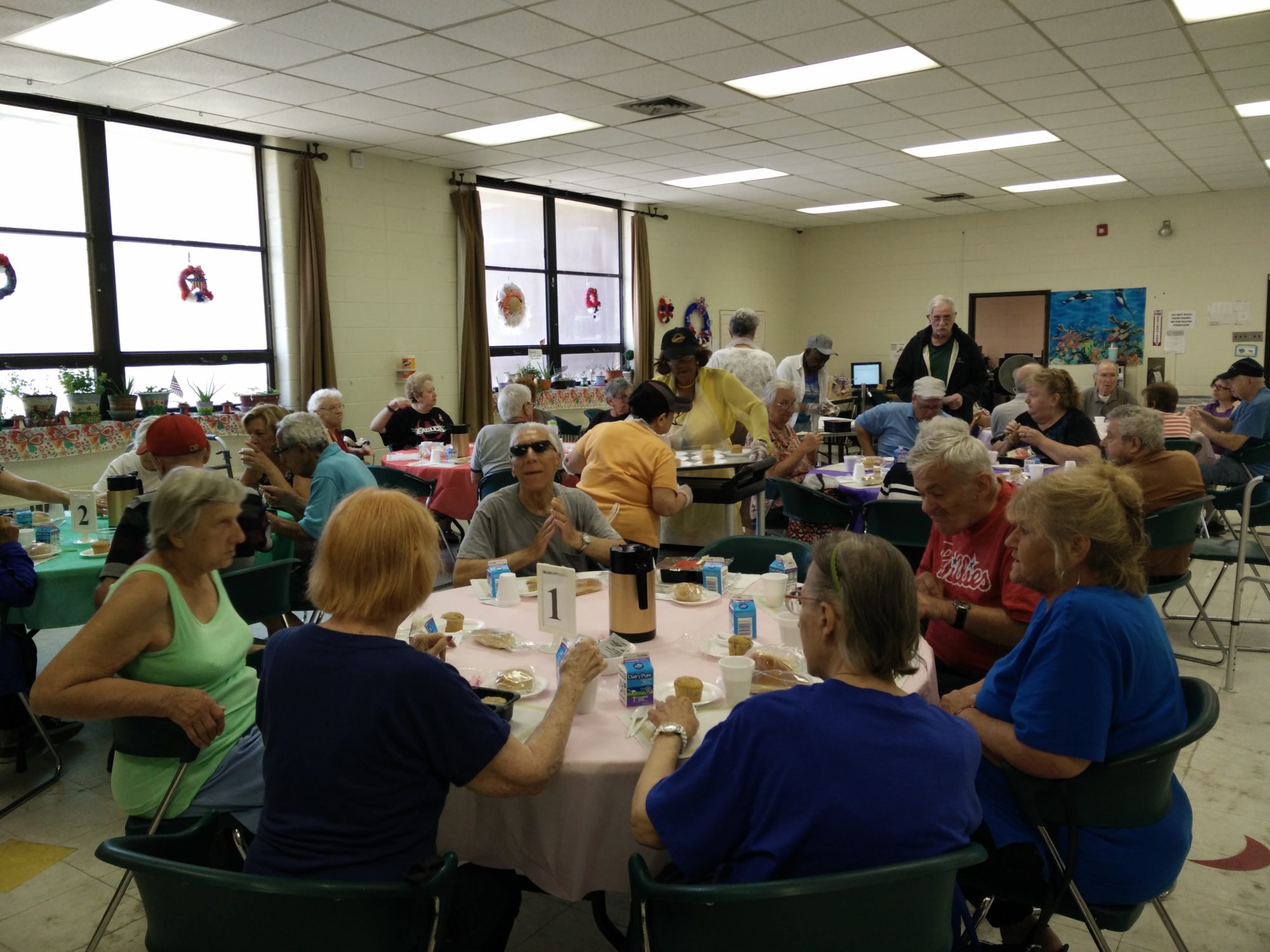We concluded our last blog post by enticing readers to keep an eye on this space, promising we would soon explain just how NFESH will honor our commitment to help states and congregate nutrition programs (CNPs) located in senior centers achieve their missions in 2020.
Today we are honoring that pledge by sharing the good news with you. AARP Foundation has awarded NFESH a generous grant to help fund a project to do just that. Together — and we emphasize importance of collaboration — we will introduce NFESH’s Senior Center Community College (SCCC) to senior centers in Kentucky and Oklahoma. The purpose of the project is to provide education and training through the SCCC to assist these centers in improving their operations for two primary purposes. These are to maximize resources in order to increase the food security of low-income, vulnerable seniors through the expansion of services to additional clients.
Just as a refresher, the primary purpose of the senior nutrition programs funded through the Older Americans Act is straightforward. The Act defines the foremost objective in five words: “reduce hunger and food insecurity.” But just because something is straightforward, it does not mean that it is easy to achieve. To state the obvious, hunger and food insecurity can only be reduced if those individuals who are hungry or food insecure, or at substantial risk or becoming so, are afforded regular access to nutritious food. It is as simple — and as complicated — as that. The data show that, despite CNPs’ desire to maximize resources and to serve more vulnerable people, that goal is not always or easily being achieved.
As we again publicly offer our gratitude to AARP Foundation for showing support for our shared goals in such a generous way, we want to return briefly to the importance of collaboration — specifically where communities and community programs are concerned. The term community is defined by more than geographic boundaries. Communities are anchored not only in a place but also in shared missions and values. They are braced, of course, by mutual support and unity; but they are also supported and enriched through diversity.
In the context of this project, that diversity is defined by distinct but complementary assets, skill sets and resources, as well as geographies. Brought together and driven by a common commitment to improve the nutritional health and well-being of vulnerable elders, we believe this project defines and sets the standard for what collaboration can mean and be to real community service and real community-building as we embark on this new decade.

